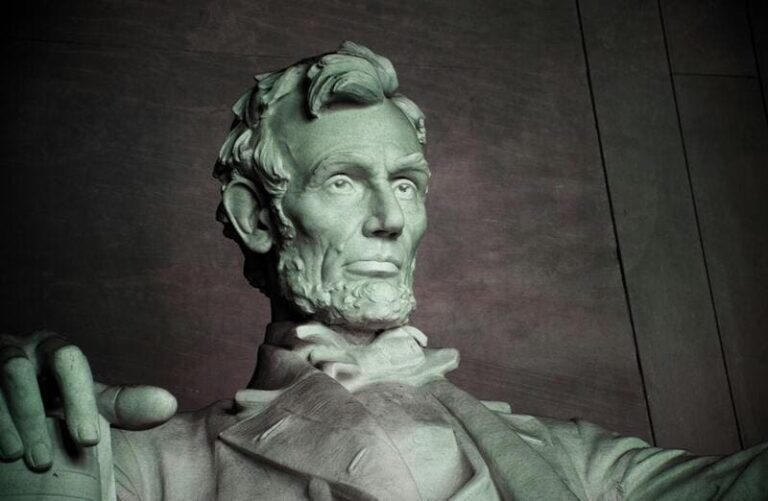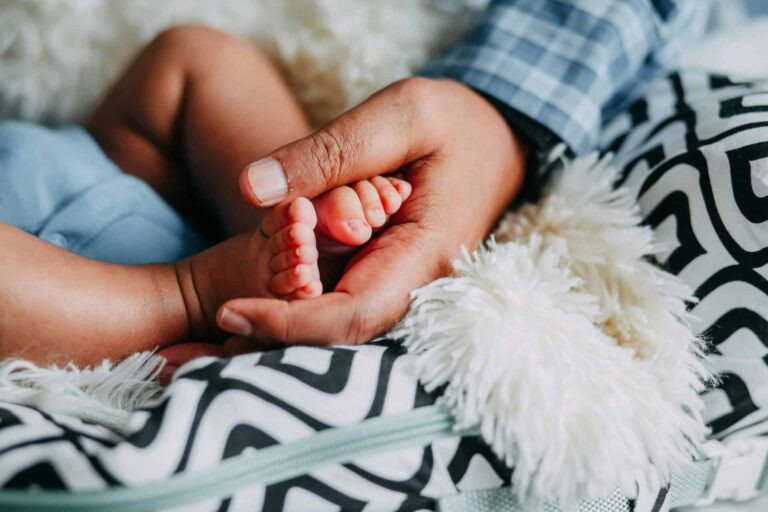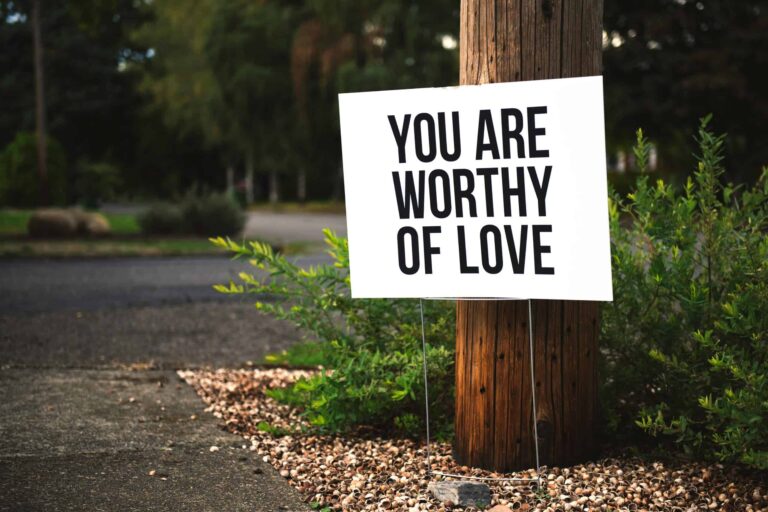How to Build a Financial Wellness Routine That Sticks
Let’s be honest, “financial wellness” sounds a little… clinical, doesn’t it? Like something a doctor would talk about. But really, it’s just about feeling calm and in control when you think about your money. It doesn’t matter if you’re starting with a pile of debt or just a general sense of confusion. Anyone can build a healthier relationship with money. It all starts with a few simple, consistent steps that add up over time. Think of it less like climbing a mountain and more like taking a daily walk—each step forward counts.
How Can I Start a Financial Routine?
The secret to feeling better about your money isn’t some complicated formula; it’s about creating simple, repeatable habits. A good financial routine helps you see where you stand, make conscious choices, and build a safety net, one small action at a time. Here’s how you can get started.
Gently Check In with Your Finances
The first step is always the hardest: just looking. You don’t need a fancy spreadsheet. Grab a notebook and a cup of tea, and just get a feel for what’s coming in and what’s going out. Where did your money go last month? No judgment, just observation. This isn’t about scolding yourself for that extra takeout order; it’s about understanding your own patterns. Making this a weekly habit—maybe every Sunday evening—can transform it from a scary task into a simple, empowering routine.
Create a Simple Spending Plan
“Budget” can feel like a restrictive word, but a spending plan is really just a roadmap. It’s you telling your money where you’d like it to go, instead of wondering where it all went. A great, gentle approach is the zero-based budget, where you give every single dollar a job—whether that job is paying rent, buying groceries, adding to savings, or finally buying that beautiful coat you’ve been eyeing. When your income minus your expenses equals zero, you have total clarity. This is the heart of a solid financial routine.
Start a Small Emergency Savings Fund
Life is full of surprises, and not all of them are good ones. An emergency fund is your personal safety net. It’s what keeps a flat tire from turning into a full-blown financial crisis. Start small. Your first goal could be just $1,000. Set up an automatic transfer from your checking to a separate savings account each payday, even if it’s just $25. Watching that balance grow, bit by bit, is one of the most reassuring feelings in the world. Once you’re out of debt, you can work on building it up to cover 3-6 months of living expenses.
What Habits Lead to Financial Wellness?
Once you have a basic routine in place, you can start layering in other habits that build long-term security and peace of mind.
Tackle Your Debt Head-On
Debt feels heavy. It’s a constant reminder of the past, and it steals from your future. The fastest way to get that weight off your shoulders is the debt snowball method. List all your debts from smallest to largest, ignoring the interest rates for a moment. Focus all your extra energy on paying off the smallest one first. When it’s gone, you take the money you were paying on it and roll it over to the next-smallest debt. Each paid-off debt gives you a little victory, a burst of motivation that makes it easier to keep going. Imagine the freedom of not having those payments anymore!
Plan for Your Future Self
Investing might sound intimidating, but it’s simply putting money to work for your future. Once you’ve paid off your debt and have a solid emergency fund, you can start investing 15% of your income for retirement. You don’t need to get caught up in risky trends. Consistently contributing to a 401(k) or a Roth IRA in good growth stock mutual funds is a reliable path to building wealth. It’s a profound act of kindness to your future self.
Find Joy in Giving
It might seem counterintuitive, but one of the most powerful things you can do for your own financial wellness is to be generous. Giving shifts your perspective from scarcity to abundance. It doesn’t have to be a huge amount; it’s the act itself that matters. When you give, you’re reminding yourself that you have enough to make a difference, and that feeling is priceless.
The Confident Financial Wellness Journey
Building financial wellness is a journey, not a destination. It’s about making small, kind choices for yourself every day. By creating a simple routine, you can quiet the anxiety, take back control, and build a life where you feel secure, confident, and free. You can absolutely do this.







